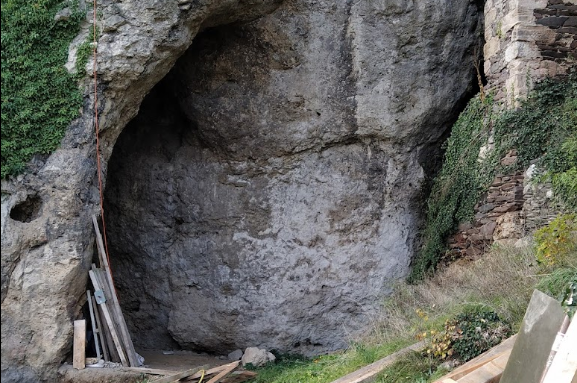French Cave Holds 3D Map of Ancient Hunter-Gatherer Territory
Others are reading now
In the world of archaeology, finding ancient maps or drawings can reveal a lot about how early humans thought and lived.
A fascinating discovery in a French cave is giving researchers new insights into the past. The cave, located south of Paris, holds what may be the oldest known three-dimensional map of a hunter-gatherer territory, writes Videnskab.
Researchers found the map etched into the stone floor of the Ségognole 3 cave, which dates back around 20,000 years.
The map looks very similar to the surrounding valley, which was likely important to the people who made it.
Also read
The small landscape is carved with features like depressions, channels, and basins. These details are thought to represent rivers and ponds that would appear when water entered the cave.
The map’s design suggests advanced thinking. The way the rivers are drawn and the lack of repeating patterns suggest it was carefully planned.
The researchers believe this is a three-dimensional map, as it shows more than just flat shapes.
The study, published in the Oxford Journal of Archaeology, describes the map as showing great abstract thinking by its creators.
The Ségognole 3 cave is part of a larger complex of caves in France, known for its prehistoric engravings.
Over 2,000 Stone Age engravings have been found in these caves. In 2020, researchers discovered carvings of horses inside the cave.
The horses are part of a larger design that includes a triangle shaped like a female form. Water is shown flowing through parts of the female figure, like the thighs and pelvis.
The team followed the path of the water deeper into the cave, leading them to the discovery of this miniature landscape.
This find gives us a glimpse into how ancient people might have represented their world, showing how they used symbols and shapes to understand their environment.
The discovery is a significant piece of history, offering valuable insights into early human creativity and survival.


